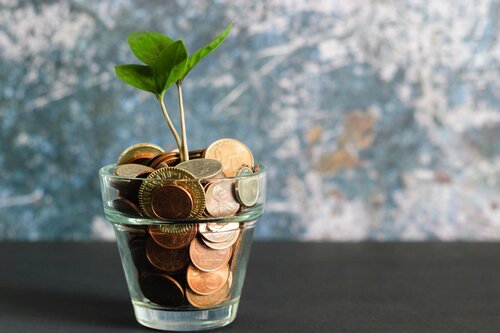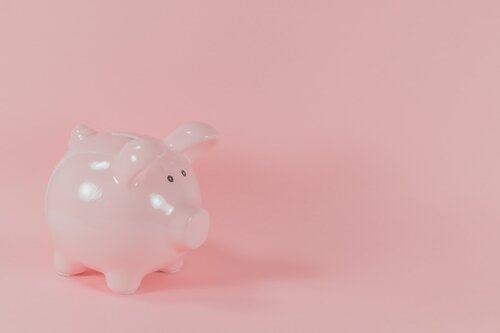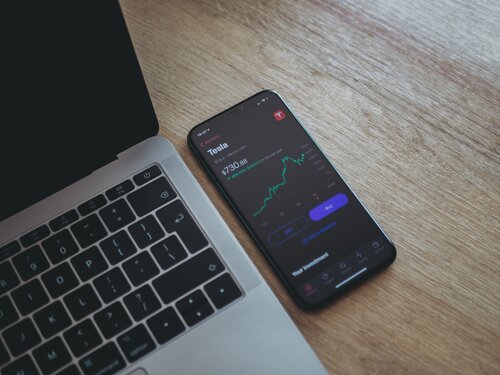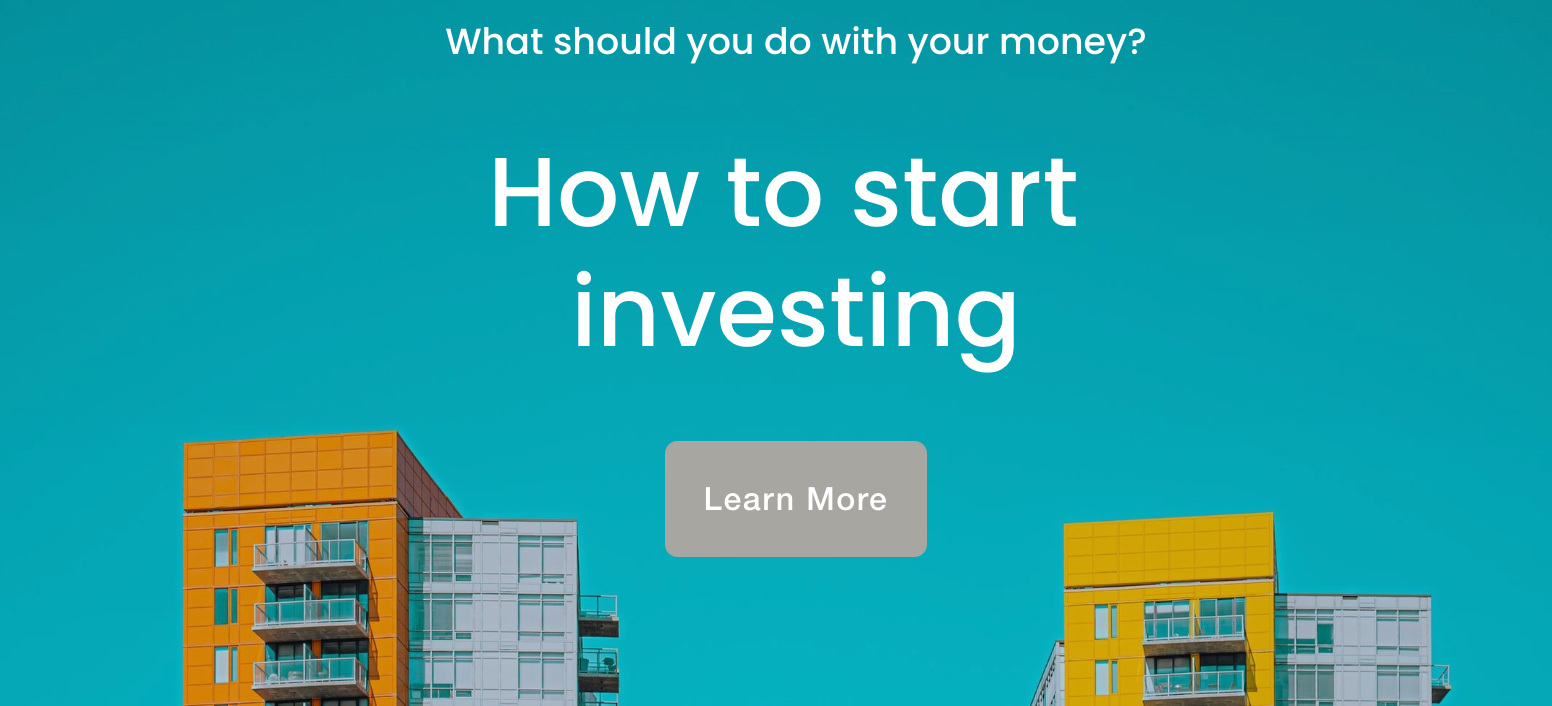Everything you need to get started. On one page.
It can be difficult to know where to start and what to do when beginning your investing journey.
I know I because I’ve been there.
So on this page I'm going to keep it as simple as possible and
take you through a step by step approach. It will give you
everything you need to get your investing journey started.
If you:
- have never invested before
- are saving for a house, wedding, car, mid life crisis or just to feel like you’re adulting
- keep all your savings in cash
- are a bit nervous of the risks involved in investing
Then this guide is for you.
You’ll also see links to other resources, sites and tools you can use to help you on your journey.
I’d love to hear from you which you find good, great or downright average. Please do get in touch or subscribe to the newsletter for more investing tips.
The guide
Step 1 - know your spending.

First things first, you need to know your spending habits in pretty good detail. This will let you work out how much realistically you can save every month. Our free budget tracker template will help to give you a rough idea. It’s hard to admit our embarrassing spending habits but no one else will see this so best to be honest!
We’re going to use Jess as an example of what to do. She’s done her sums, crawled through her bank statements, used our tool and has worked out she can save £300 a month.
Right once you’ve worked that out you’re onto step 2…
Step 2 - cash savings.

It’s always prudent to keep a solid amount of cash savings, this is good practise because it means you have money readily available for emergencies but you can also profit during market pullbacks (when prices drop).
I'd recommend you keep about 20-40% of what you can save every month in cash. In our example Jess sets up a DD every month from her normal bank account (where her salary goes) to her bank’s regular savings account. Jess puts 35% away which equals £105 a month.
Step 3 - index trackers.

Great, you’ve set up your cash direct debit and now we’re on to the fun stuff. A great place to start investing is index trackers.
In a nutshell these are investments which follow big things like stock exchanges or sectors or emerging markets. Essentially you can invest across things like the top 100 biggest companies in the UK (FTSE100) which reduces your risk. You’re putting your eggs in lots of baskets instead of one or two.
You can find out more here but for now know that they are generally less risky and cheaper to invest in than individual stocks.
Have a look at Vanguard’s tracker funds (things like the FTSE 100 or S&P500 are a good place to start) and again we recommend putting 20-40% of what you can save into trackers (side note, this is very similar to what your pension is doing). Jess sets up a recurring monthly DD to Vanguard for £105 and puts £50 in the S&P500 and £55 in FTSE100. Jess does this every month to benefit from dollar cost averaging, by investing every month she doesn’t have to watch the market to see when the right time to buy is, she’ll be buying the dips automatically.
Step 4 - individual stocks.

Now if you’re just starting out you can stop there. You’ll be putting in place great saving and investing habits. For those who want to delve a bit deeper we’re now going to look at individual stocks. Investing in these gives you more exposure and therefore more upside but more risk.
I'd recommend starting out with 10-20% of your savings into individual stocks. How do you know what to invest in? Well, check out our stock picks page to see which stocks reputable advisors are recommending.
Where can you invest? There are loads of great platforms now which offer free trading accounts, etoro or freetrade are not bad places to start.
So Jess sets up a DD to Freetrade for £45 a month (15% of what she can save) and usually invests in 1 or 2 companies she likes the look of (or increases her investment in the companies she’s already invested in).
Step 5 - startups.

Now we’re cooking on gas! You’ve found some great individual stocks, you’ve seen a nice increase in a few months and you’re ready for more. Investing in startups is very risky but rewarding. Have a look through sites like seeders and crowdcube and see what tickles your fancy.
Tip: look at the experience of the management team, whether the sector looks like it will grow and how much revenue they’re making vs the price of the business/ shares. For more have a listen to our podcast here.
Another top tip: look for startups that are part of the SEIS and EIS scheme, you’ll get money off your tax bill for investing.
Jess sets up a seeders account, sends £30 a month (10%) and finds some interesting startups to invest in by looking at our startup analysis page.
Step 6 - yourself.

And finally, it may sound cheesy but we really think it’s worth investing in yourself too. Even if it’s just a bit every month, get into the habit of seeing yourself as worth investing in. It could be related to investing or maybe something totally different (like getting a pay rise or promotion).
Jess spends £15 a month (5%) on a book on investment or a course to improve her skills and enhance her earning power.

Now what
Once you’ve worked out how much you can save each month, here’s a spreadsheet which helps you work out your rough investment spread based on how much you can save each month. But feel free to tweak depending on what suits your situation.
Stick to the process. Even if you’re not investing very much to start with the beauty of compound interest means that over the long term your money does wonders. Seriously. Have a look at this calculator to see. For example, if you put £250 a month away and get an 8% return, in 30 years you’ll have put in £90k but you’ll have £372k in your account! Compound interest is powerful stuff.
Now what
Once you’ve worked out how much you can save each month, here’s a spreadsheet which helps you work out your rough investment spread based on how much you can save each month. But feel free to tweak depending on what suits your situation.
Stick to the process. Even if you’re not investing very much to start with the beauty of compound interest means that over the long term your money does wonders. Seriously. Have a look at this calculator to see. For example, if you put £250 a month away and get an 8% return, in 30 years you’ll have put in £90k but you’ll have £372k in your account! Compound interest is powerful stuff.
